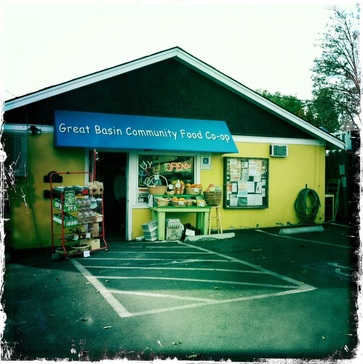
I recently became a member of our fabulous, local food co-op in Reno, The Great Basin Community Food Co-op. As a working member, you volunteer to support the paid-staff on duty. A new customer drawn by the colorful exterior of the building came in asking if we sold ONLY local products. I replied, "If there is a local food producer, we sell their products but we do sell other organic and natural items to provide a diverse product offering. And in winter, we pull from the larger foodshed that extends into California." She quickly replied, "I want local, not something from California."
She was making a fantastic first step to become better connected to her food and I didn't want to squelch her enthusiasm by having a debate over what defines local so we focused on finding Northern Nevadan products.
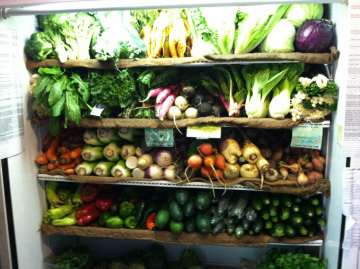
We've all found ourselves in a situation where your passion for something goes too far to prove a point driving an even bigger wedge between you and the person you are trying to have a conversation with. The intention was good but the delivery was wrong. What is the best way to facilitate healthy, productive and supportive dialogue that is inclusive of each other's opinions? I think listening has a lot to do with it! I get so excited about food stuff sometimes that I practically throw up all over people with my organicy, regional, sustainability. I'm trying to get better...at first taking a deep breath, asking some questions and listening. This is especially handy when talking with people who are total newbies at making conscious food decisions. Too quick to convert, and we may lose them so we need to be respectful and play to their food interests.
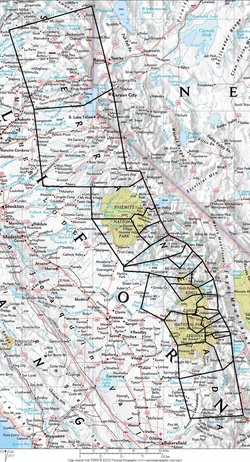
Last week, I attended an invigorating meeting with the Local Food Network of Reno. I was so impressed by the amount of work that has already been done to map out the region and identify key initiatives for the volunteer-based organization. I was in dynamic company. We looked at food production, distribution, education, outreach and available resources in the area. We examined each category on three scales...neighborhood, metropolitan and regional foodshed. It was brilliant! And a perfect visual to demonstrate how to procure your food when trying to shop local...Start by fulfilling food needs as close to home as possible. When needs can no longer be meet within your neighborhood, evaluate their importance and move to the next ring for options, the greater metropolitan area. As more needs arise, you'll explore the entire region for availability and discover the connection to the larger foodshed. Along the way, you'll reach thresholds as well as make exceptions for goods purchased further away. But hopefully not too far ;)
Tahoe is a high food security risk with its short growing season. We rely heavily on our Reno, Sierra Foothill and Sacramento partners to feed us. The rivers which flow east to west from Tahoe connect us. Watershed like foodshed! My foodshed!
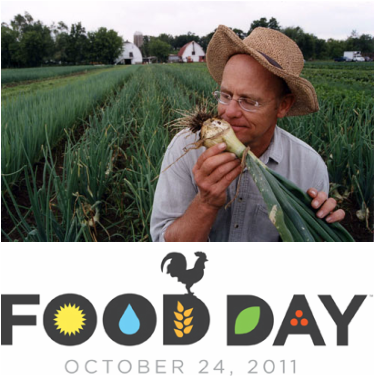
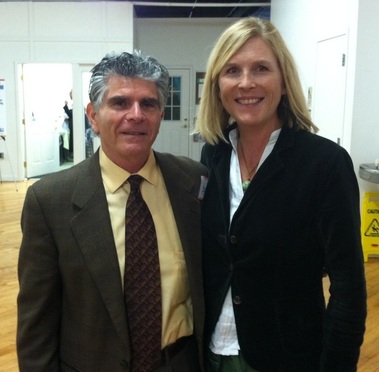
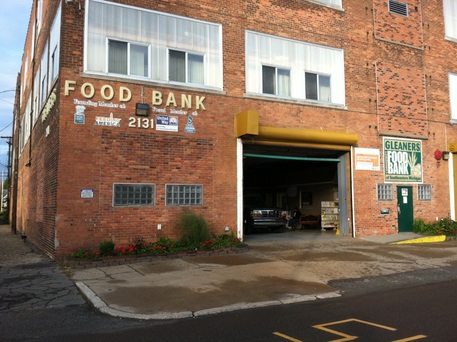
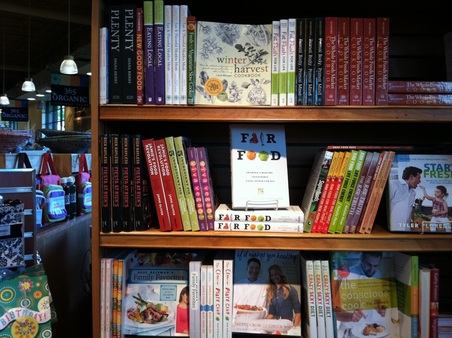
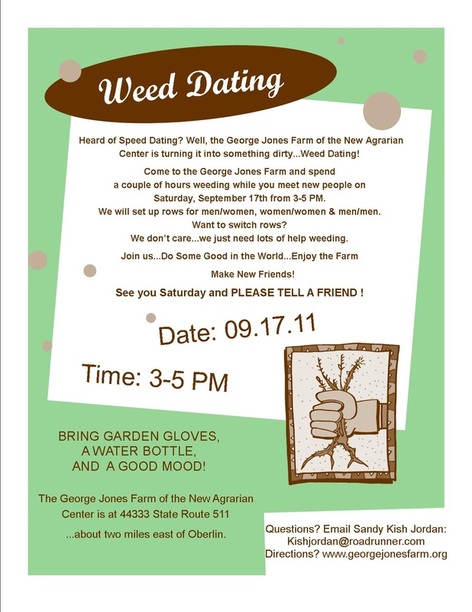

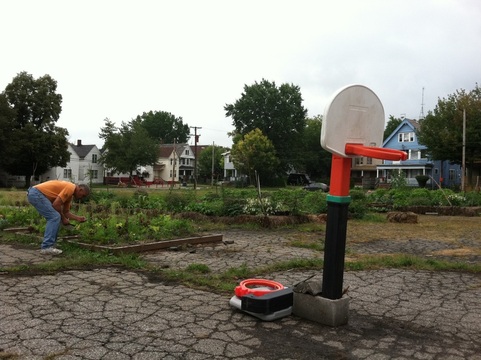

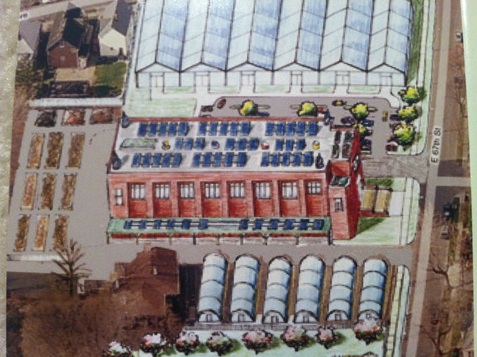
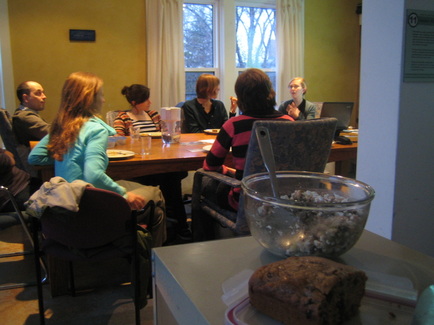
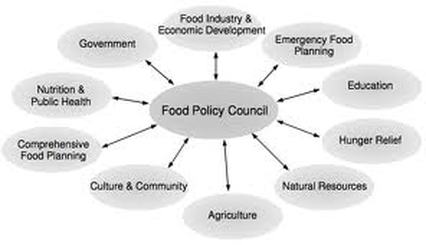
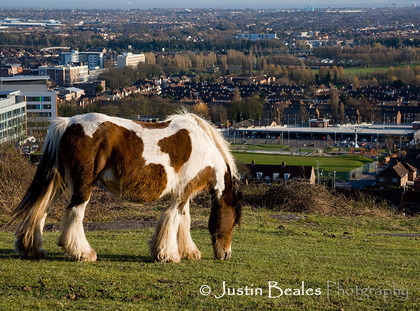
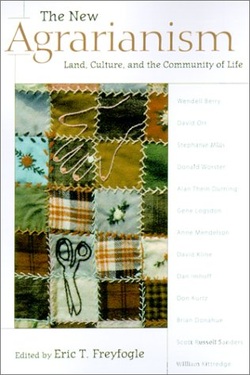
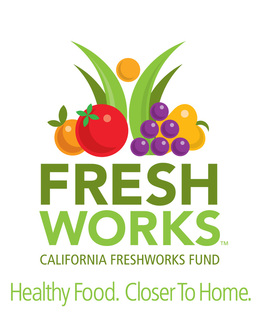
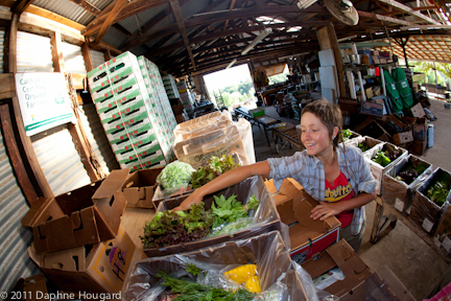

 RSS Feed
RSS Feed
